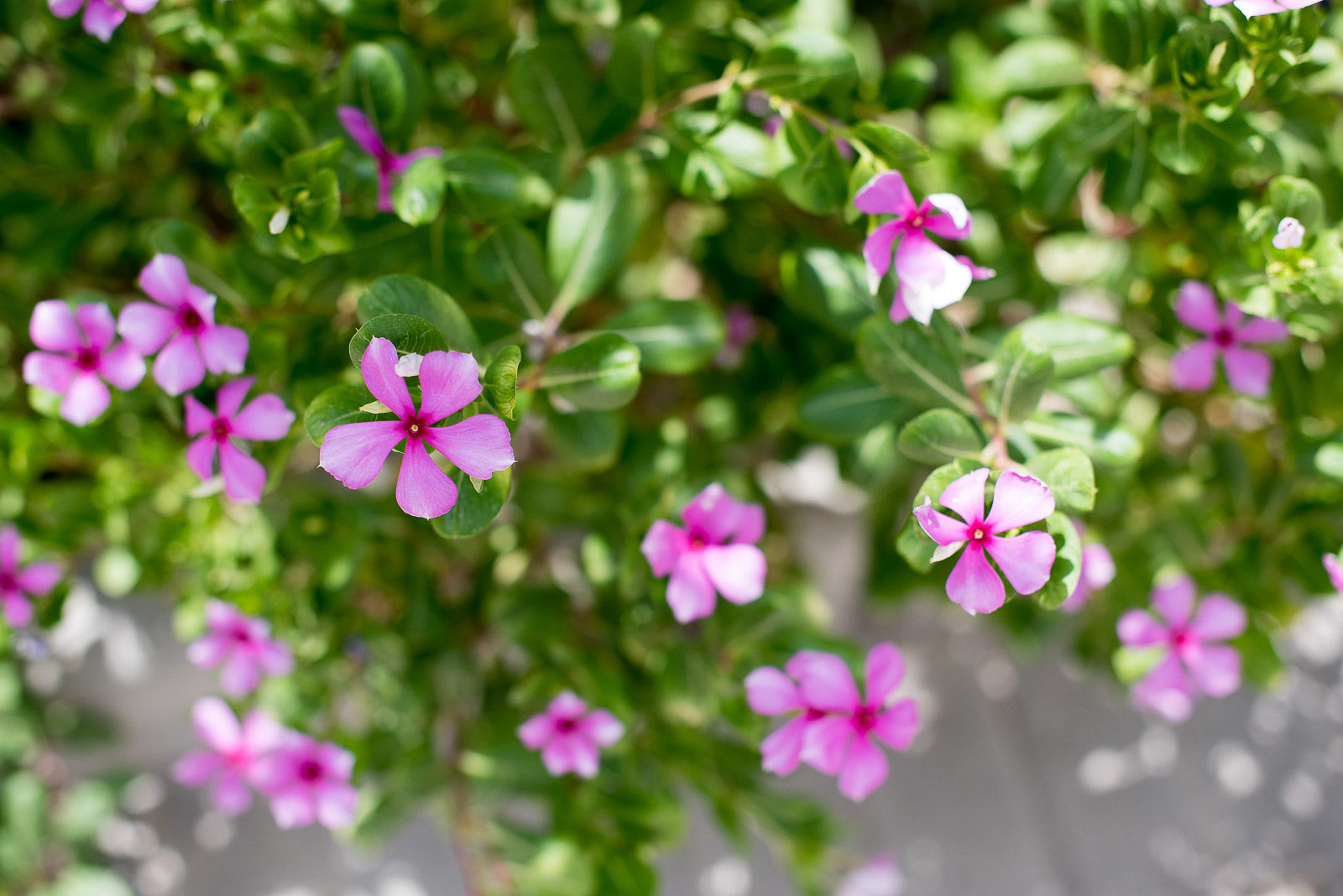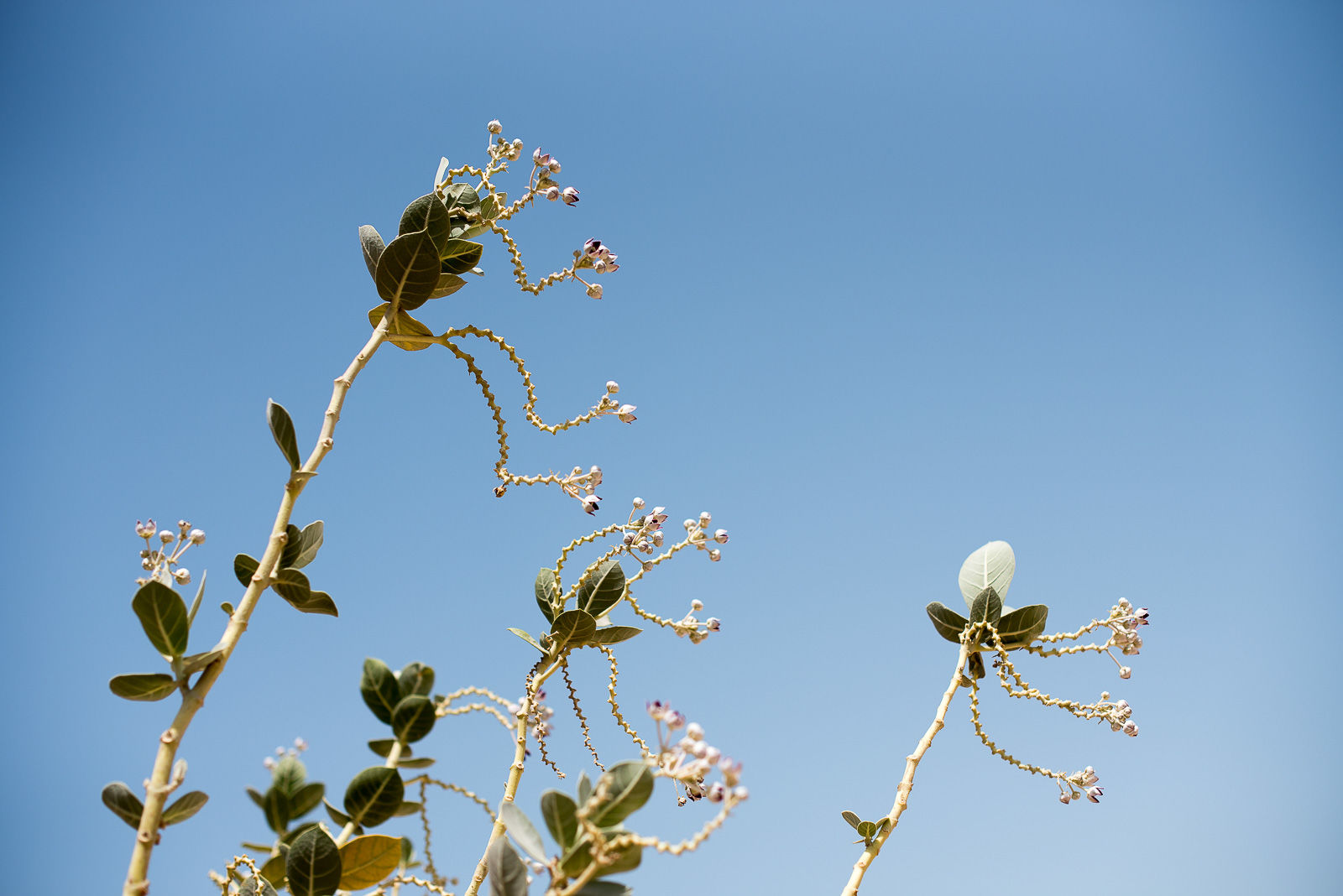
Sowing bee-friendly seeds in your garden, terrace or window box can create pollinator havens and help build dwindling numbers of bees worldwide. Here’s some inspiration for plants to grow in the United Arab Emirates and worldwide.
Calling all raw honey lovers and green-fingered friends of the UAE, it’s seed gathering season and time to get planting. Bees and flowers have a symbiotic relationship; flowers provide bees with nutritious pollen and nectar and the bees pollinate the flowers helping the plants reproduce and survive as a species. We can all do our bit in making a bee friendly garden by growing a wide variety of flowers with different colours and shapes to help the bees thrive and to create a healthy environment around us.
Towards the end of October until mid-April, flowers are in full bloom and you can feast your eyes on a variety of plants in the gardens of people’s homes and the green public areas like the parks and including the cities roundabouts. So which are the seeds and plants to look for that the bees love and how do we grow them successfully?
AlyssumBees are drawn to the beautiful sweet aroma given off by the tiny white flowers of the alyssum plant. It’s a good bedding plant and goes well in pots with other bee loving plants like marigolds and petunias and can be grown easily from seeds. It will last well until the end of April.
PetuniasPetunias come in a huge variety of colours and they are simple to grow from seed or seedlings. They can last until the end of May but need plenty of sunlight.
Tip: Keep the plants looking good by regularly pinching off the dead heads of the flowers.
PhloxThese also come in many colours and fill the garden with their soft, sweet fragrance, particularly in the evening. Phlox need some direct sunlight and grow easily from seeds.
ImpatiensAlso known as 'Busy Lizzie', this is the perfect plant for terraces and shady areas in the garden. Avoid crowding the seedlings as they grow quickly and become quite bushy so need lots of room to spread their leaves and flowers. Their colours range from bright red to pale pinks, whites and some purplish shades.
MarigoldsChoose from bright yellow, saffron or red flowers that can all be grown from seeds very early on in the season, but they also start dying off by March.

Plants from the daisy family are popular and very attractive to native bees and they flower for long periods of time. Leptospermum is a member of the tea tree family, a small tree or shrub with white, pink and red flowering forms blooming in early summer. Riath, Balqees’ founder, saw these plants, known as jelly bush or Manuka, in the bush when visiting Australia. Bees love it and it makes amazing raw honey. Flowering gum from trees are a fabulous source of food for native bees and lavender is a particular favourite of the Blue Banded Bee. Lavender is high in nectar and flowers all-year-round so good for gardens in many parts of the world. Native bees also love herbs like basil, thyme, sage, rosemary, lemon balm and mint. For more about the plants that bees love, check out previous posts with Gabrielle Morley and her pollinator haven in New South Wales.
UKResearch at the Laboratory of Apiculture and Social Insects at the University of Sussex carried out a project in 2012 growing 32 varieties of summer flowering garden plants in flower beds and counting the insects visiting them. 87% of the visitors were bees and the most attractive to them was wild marjoram (or oregano as we know it) and Agastache (a herbaceous perennial with simple, aromatic leaves and small flowers in dense spikes). These two had 100 times as many insects as the least popular, the pelargonium (which belongs to a large group of frost-sensitive plants used for summer bedding). It goes to show it is not always the prettiest flowers or plants that attract bees and other flower-visiting insects.
Borage, lavender and open-flower dahlia varieties were good for insects, and marjoram the best "all-rounder", attracting honey bees, bumble bees, other bees, hoverflies, and butterflies.
Tip: Rethink weeds on the lawn. Dandelions are excellent bee plants, providing vital pollen early on in the season and white clover is a honeybee magnet with the longer tongued bumblebees preferring red clover so let the grass grow longer and allow the lawn to flower.
USAIn early 2017, The U.S. Fish and Wildlife Service designated the rusty-patched bumblebee an endangered species — the first such designation for a bumblebee and for a bee species in the U.S.
Good pollinator habitats are typically composed of a variety of wildflowers, native grasses and legumes like clovers. The Honeybee Conservancy, a non-profit established in 2009 in response to the bee crisis, provides education, support research and builds bee habitats. They were responsible for BeeNative and the Natural Resources Defence Council organising an event for Vanishing of the Bees, an award-winning documentary that explores the collapse of honeybee populations across the planet and its risk to $15 billion dollars’ worth of US agricultural revenue products.
Gardeners involved, like Michaela, of The Gardener’s Eden encourage container gardening for people with limited space using edible flowers like French marigold, pansies and violets for window boxes and terraces. They are not only tasty but are popular with honeybees and other pollinators.
It’s advised to plant at least three different types of flowers in American bee gardens to ensure blooms and feeding of the bees all year round.
Spring: Crocus, hyacinth, borage, French marigold and wild lilac.
Summer: Echinacea, snapdragons, foxgloves and hostas.
Fall: Zinnias, asters, witch hazel and goldenrod.
Tip: next time you visit your local garden centre look for wildflower seed mixes and help save the bees.Enjoy sowing and planting your bee-friendly garden and watch as the bees and butterflies thrive. Read up on other beneficial insects that are the natural predators of pests like aphids. There is much to appreciate after the toil of sowing and planting. Happy gardeners, happy bees!
Found this interesting? Never miss a post – sign up for our regular newsletter packed with exclusive offers, recipes, health news and much more.
Sign up for exclusive offers, recipes and the latest raw honey news.